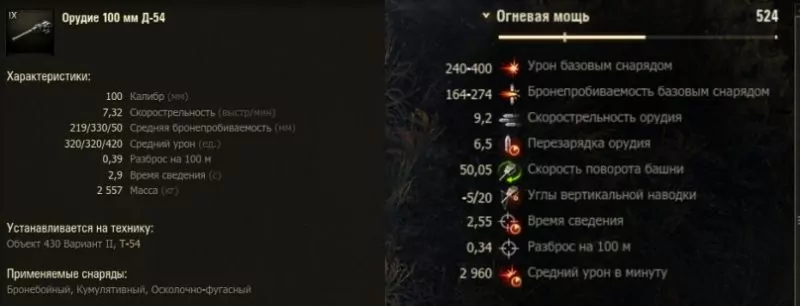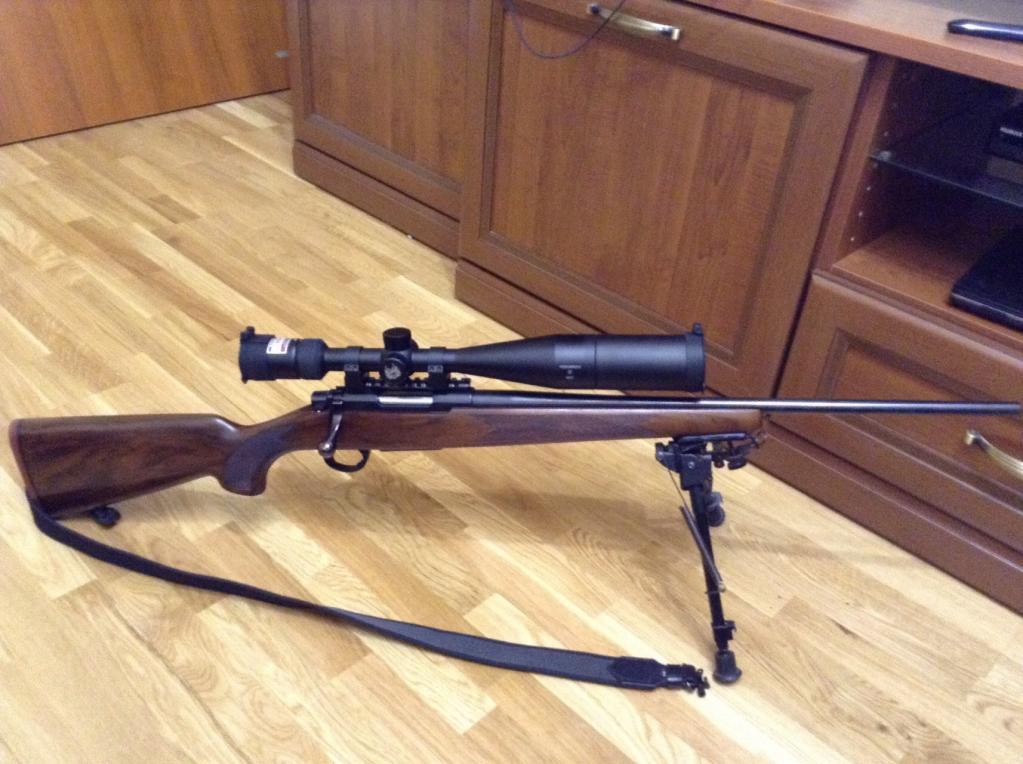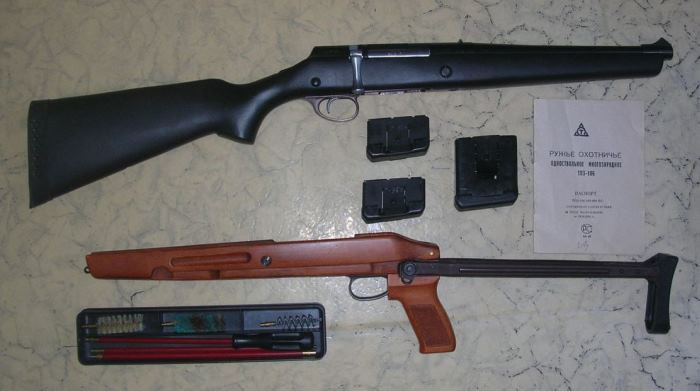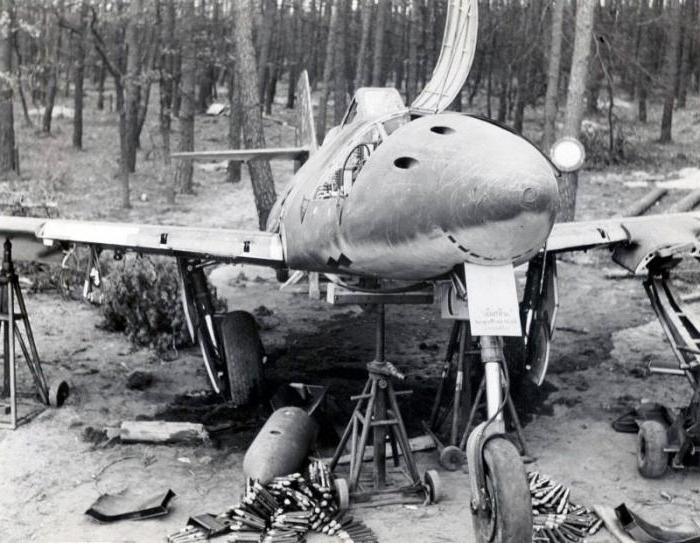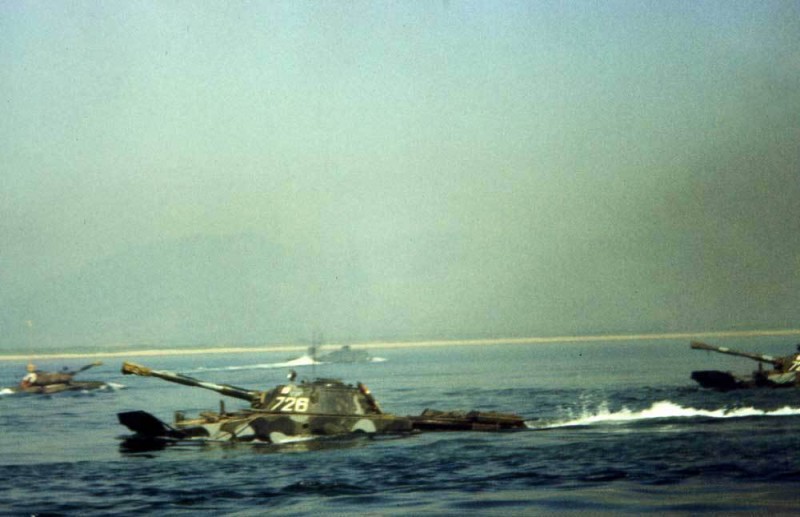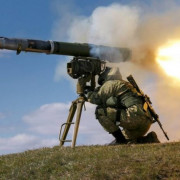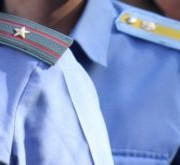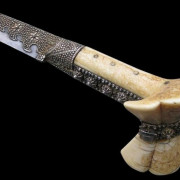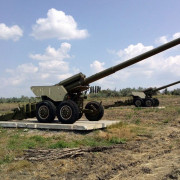M4a3e2
Содержание:
- Содержание
- Сердце «Шермана»
- Примечания
- Шаг 12: Завершение
- Ссылки
- Операторы
- Mobility / Miscellanous
- Литература
- Биплан Ан-2: обзор советского «Кукурузника»
- Советы
- Как правильно рассчитать
- Description
- Development
- General info
- General info
- Модули
- Гримасы судьбы
- Состояния воды – жидкое, твердое, газообразное:
- Usage in battles
- Резиденция
- Топовая комплектация
- Сколько вещества во Вселенной?
- Ссылки
- Особенности боевого аналога
Содержание
Сердце «Шермана»
Во время войны дизельными моторами были оборудованы только советские танки. О том, что бензиновые пары имеют свойство взрываться, известно всем. Танк М4 «Шерман» оснащался разными двигателями. Наиболее удачный вариант — авиационный 350-сильный мотор марки Continental, но он появился позже. Силовая установка версии M4A4 состояла из пяти автомобильных (от «Крайслера») L6. О том, как работала эта «упряжка» с 30-ю цилиндрами и свечами, нагруженная на один кардан, можно только догадываться. У любого специалиста по бронетехнике мысль о такой компоновке вызовет грусть. Еще была модификация M4A2, приводимая в движение двумя дизелями «Дженерал электрик». Тоже не подарок, но все же лучше. Все эти моторы выпускались промышленностью США для сугубо мирной техники, за исключением 500-сильного «Форда V8», разработанного специально для танков, но он появился уже к концу войны и тоже был бензиновым. Тем не менее, движимые этими «чудесами техники» и их связками, «Шерманы» против «Тигров» воевали. Это было трудно и опасно.
Примечания
Шаг 12: Завершение
Ссылки
Операторы
Mobility / Miscellanous
Although the M4A3E2 is very well armored it also retains a decent amount of mobility. It’s top speed is 35 km/h and easily maintains 30-33 km/h on level ground while slowing down to 15-22 km/h on most slopes. It’s turret and hull traverse are also fast enough to prevent most tanks from easily flanking and circling you. One drawback is the below average view range on the stock turret(330m) while the upgraded turret is an acceptable 370m. Gun depression is good enough to where it does not hindered it with a -10 degree value but for steeper hills you will need to expose some of the weak bottom armor to crest the hill to fire if you choose to advance due to it’s height. The hit point pool much like other tier 6 mediums is 730(760 with top turret) which is low enough to where you want to limit being flanked at all possible times since you will not last long.
Stationary: 11.7%
Firing While Stationary: 3.1%
Moving: 8.9%
Firing While Moving: 2.36%
Aiming Circle Spread
After Shooting: 3.356
Turret Traversing: 0.115
Turret Traversing Full Speed: 4.49
Hull Moving: 0.23
Hull Moving Full Speed: 8.05
Hull Traversing: 0.23
Hull Traversing Full Speed: 7.36
Литература
Биплан Ан-2: обзор советского «Кукурузника»
Советы
Следующие советы помогут вам с улучшением вашего танка. Начнем с ответа на вопрос о том, какие модули ставить на М4 «Шерман». Прежде всего нужно будет определиться с ролью вашей машины. Большинство игроков выбирают досылатель, усиленные приводы наводки и стабилизатор, тем самым улучшая точность орудия. В некоторых случаях можно установить улучшенную вентиляцию. А если вы хотите улучшить не без того отличный обзор, устанавливайте оптику.
А вот когда вы хорошенько прокачали танк, а точнее, экипаж, возникнет другой вопрос: «Какие умения для экипажа М4 «Шерман» нужны?» Прежде всего можно прокачать лампочку и ремонт. Дальше можно взять перки на обзор, чтобы опять же улучшить наши поисковые способности. Потом уменьшаем разброс орудия и прокачиваем перки на стабилизацию. Ну а после можно позаботиться о динамике, а заряжающему установить маскировку.
Как правильно рассчитать
Для расчета нормативов потребления дизельного топлива используются формулы и коэффициенты, утвержденные Минтрансом Российской Федерации.
Например, для КамАЗ-4308 с силовой установкой Cummins 4ISBe185 и 6-ступенчатой трансмиссией установлен расход топлива на уровне 19,7 л на 100 км. Модель КамАЗ-65117 с мотором КамАЗ-740.30 мощностью 260 л. с. и 5-скоростной коробкой с делителем затрачивает 25,1 л горючего.
Для расчета объема ГСМ, израсходованных на протяжении рабочей смены или иного временного интервала, используют уравнение вида Q=0,01*H*S(1+0,01*D)+J*Z, где:
- Q — рассчитываемое значение;
- H — нормативный расход, взятый из таблиц;
- S — пробег за смену или иной временной интервал (уточняется по спидометру или прибору GPS);
- D — корректировочный коэффициент, учитывающий условия работы;
- J — дополнительная норма расхода, учитывающая снижение экономичности при передвижении с грузом;
- Z — число рабочих поездок, совершенных за анализируемый интервал времени.
Если организация эксплуатирует технику со стационарным оборудованием (например, насосные или буровые станции), то при расчете потребления топлива учитывают время работы установки и норматив затрат горючего на привод инструмента (осуществляется или от основного дизельного двигателя или от дополнительного агрегата, установленного на надстройке).
Некоторые владельцы техники сталкиваются с проблемой влияния на грузовую технику дополнительных факторов, не регламентированных Минтрансом РФ (разница между расчетными и полученными при эксплуатации цифрами доходит до двух раз). В этом случае рекомендуется разработка собственных нормативов с использованием систем спутникового слежения за грузовыми машинами.
Контроль позволяет снизить риск хищения топлива или совершения водителями холостых рейсов или поездок по незапланированным маршрутам.
Модель КамАЗ-65117 расходует 25,1 л топлива.
Description
The Assault Tank M4A3E2 Jumbo is a rank III American heavy tank
with a battle rating of 5.0 (AB) and 5.3 (RB/SB). It was one of the first American tanks to be released with the American ground tree in Update 1.45 «Steel Generals». It is built off a standard M4A3 chassis, with a T23 turret with a 75 mm gun, and up-armoured on nearly all sides. This gives the M4A3E2 boasts nearly 100 mm of frontal armour sloped at 47°, giving it a massive armour upgrade from the regular M4 Shermans. As a side note, the nickname «Jumbo» was likely never used during WWII, as there is no record of it. However, its use both on the Wiki and in-game is still prevalent.
The M4A3E2 looks like a normal Sherman medium tank, but it is still a very heavy tank and is used as a breakthrough tank to attack fortified enemy positions. It is certainly not a medium tank like normal Shermans. It is a great tank when fighting Tigers as the 88mm cannons cannot penetrate the armour of the M4A3E2 from its sides when angled efficiently. As such it allows players to get close to Tigers and attack them from the sides, or force them to retreat. When fighting Panthers the M4A3E2 is less effective as the 75mm cannon on the Panther can penetrate the armour of the Jumbo Sherman from the front even when angled more than 30 degrees at 500 meters. Only at close range can high-velocity guns, such as Soviet 85mm or German 88mm guns, penetrate the frontal glacis. However, larger calibres, such as the Soviet 122mm gun, will slice right through the armour.
It takes on the general look of an M4A2 but is much more armoured (and also uses a Ford gasoline engine). The M4A3E2 features the double layered front armour giving the vehicle its distinctive 101.6 mm total front armour, giving its boast of being better armoured than the Tiger I. The transmission housing is also considerably beefier too from the addition of armour at the area as well. The front of the T23-style turret is also distinctive with the very blocky gun mantlet and circular barrel shroud around the rather underwhelming 75 mm gun barrel.
The sides and suspension look like the usual game with the M4 Sherman series, but with minor differences. The flat side armour of the hull, instead of 38.1 mm thick, is now 76.2 mm thick for much stronger side protection. However, the lower side hull around the bogie suspension area is still only 38.1 mm thick, vulnerable to most regular anti-tank weapons. Another minor difference is the tracks, the T48 rubber chevron tracks are equipped with extended end connectors in an effort to improve ground pressure performance for the additional weight of the armour.
However, the rear does not have any extra armour and is much thinner. The roof of the tank is very thinly armoured as well, only having 19.5 mm on the hull and 25.4 mm on the turret, so beware as artillery barrages tend to set engine compartment modules on fire.
Development
In February 1942, the British tank mission in the United States approached the US War Department with the idea of developing a heavy version of the soon to be produced M4 to meet the expected requirement for assaulting fixed enemy defensive lines. It’s likely that the British plan was to ask the Americans to cast a heavier version of the M4A1 by increasing the casting thickness up to 3 ½” (89 mm) on the glacis (front upper hull plate) and 3” (76 mm) on the sponsons (side upper hull plates).
Although this early plan came to nothing, the US Ordnance Department didn’t entirely forget about the idea and on 17th December 1943, the General Motors Proving Ground was directed to test an M4A3 with additional loading to a weight of 82,600 lbs (37466 kg). After 500 miles, it was found that “no abnormal failures were encountered. It, therefore, appears feasible to convert a medium tank to an assault tank with a weight of 82,600 lbs. If only limited operation is to be encountered.” This was therefore intended as a vehicle to be used on an as-needed basis and not for long periods of time or distance.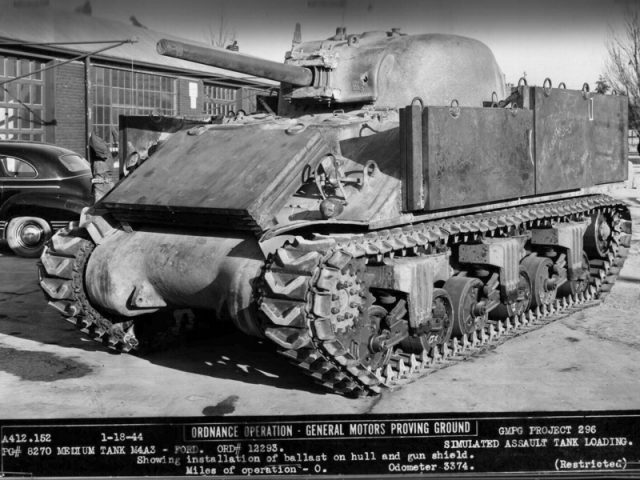
The M4A3 test tank with ballast fitted on 18th January 1944. The recently developed extended end connectors were fitted and helped to reduce the ground pressure even with all the additional weight. These extended connectors replaced the standard connectors that were used to join the individual track shoes together and added extra width to the track to disperse the weight of the vehicle. They were often called ‘grousers’.
Meanwhile, the Armored Fighting Vehicles and Weapons section (AFV&W) of the US Army European HQ put in an urgent request in January 1944 for 250 heavy tanks for the upcoming campaign in Europe. The request was based on the need for a tank to breach the Siegfried line. The following month, the Development Division of the US Army Ground Forces (AGF) agreed, but as the new T26E2 heavy tank was not expected until the following year, it was recommended that an expedient design should be based on an up-armored M4A3 medium tank. An alternative was offered by the Ordnance department, which proposed the old M6 heavy tank be modified to fulfill the role. The Ground Forces opposed this option because of the many problems of the M6 that were exposed during trials.
In March 1944, all parties agreed that the best solution was the up-armored M4 assault tank. On 2nd March, the Ordnance Technical Committee recommended that “the M4A3 with heavier armor be designated Medium Tank M4A3E2.” An order for 250 vehicles with 4 pilot vehicles was recommended and on 23rd March the order was approved. They were to be available to the army by August 1944. The contract was awarded to the Fisher Body Corporation in Detroit.
In an unusual move, Fisher was notified in late March that “in order to expedite delivery of the M4A3E2 Assault Tanks, certain requirements of applicable specifications will be waived for the total of 254 vehicles”. Put simply, the US Government trusted Fisher to do the job to the standard required without the need for the normal and rather time-consuming testing regime. This explains how the tank maintained its ‘E’ number designation. The letter ‘E’ stood for experimental and if the Ground Forces found the vehicle unfit for task, Fisher would still have been paid for all 254 ‘experimental’ vehicles which then would have remained in the US. As it was, all vehicles were provisionally accepted and 250 were authorized for overseas shipment at the end of May 1944.
General info
Survivability and armour
Armourfront / side / back
Hull101 / 76 / 38
Turret177 / 152 / 152
Crew5 people
Visibility122 %
Armour type:
- Rolled homogeneous armour (hull, turret roof, cupola roof)
- Cast homogeneous armour (turret, cupola, gun mantlet, transmission housing, MG port)
| Armour | Front (Slope angle) | Sides | Rear | Roof |
|---|---|---|---|---|
| Hull | 63.5 + 38.1 mm (47°) Front glacis 25.4 + 34 mm MG port 114.3-139.7 mm (cylindrical) Transmission housing | 76.2 mm Top 38.1 mm Bottom | 38.1 mm (10°) Upper plate 38.1 mm (7°) Lower plate 38.1 mm (24°) Lower glacis | 63.5 + 38.1 mm (42°) Front glacis 19.5 mm Centre 19.5 mm (8°) Rear — Centre 19.5 mm (24°) Rear — Sides |
| Turret | 152.4 mm (0-52°) Turret front 177.8 mm (4-60°) Gun mantlet | 152.4 mm (4-42°) | 152.4 mm (0-79°) | 63.5 mm (28°) Front 25.4 mm Centre |
| Cupola | 51 mm (conical) | 51 mm Outer ring 25.4 mm Centre |
Notes:
- Suspension wheels are 15 mm thick, while bogies are 10 mm thick and tracks are 20 mm thick.
- Belly armour is 25.4 mm thick.
- Hull underside right above the tracks are 9.5 mm thick.
The M4A3E2 presents very little frontal weak spots in an engagement. It is best to try and force the Jumbo to try and angle his vehicle towards the player or his allies. An angle more than 30 degrees can expose the much weaker lower side hull armour in the suspension that is only 38.1 mm thick. With a powerful enough gun, a round can penetrate this area and damage the crew, or even set off the ammunition all cluttered up on the bottom of the tank.
If a frontal engagement is unavoidable and is unfortunately armed with guns unable to penetrate through the front glacis, there are only two areas that are viable. First is the machine gun port, which is one of the areas that is not layered with the extra 38.1 mm added on top of the base armour. Guns like the Panzer IV 75 mm KwK 40 guns that are unable to cleave through the front glacis can push their luck in this area, with small «sweet spots» that the round can pass through. Another way to attack the M4A3E2 in this scenario is exploiting a shot-trap in the gun mantlet. The small corner flaps on the bottom corners of the gun mantlet have a tendency to deflect rounds downwards onto the 19.5 mm hull roof armour. While this will be left to the ricochet chances, it is still possible and can be used if no other scenarios are favourable.
Mobility
Speedforward / back
AB38 / 5 km/h
RB and SB36 / 5 km/h
Number of gears5 forward
1 back
Weight37.8 t
Engine power
AB954 hp
RB and SB500 hp
Power-to-weight ratio
AB25.2 hp/t
RB and SB13.2 hp/t
| Game Mode | Max Speed (km/h) | Weight (tons) | Engine power (horsepower) | Power-to-weight ratio (hp/ton) | |||
|---|---|---|---|---|---|---|---|
| Forward | Reverse | Stock | Upgraded | Stock | Upgraded | ||
| Arcade | 38 | 5 | 37.8 | 646 | 795 | 17.09 | 21.03 |
| Realistic | 36 | 5 | 442 | 500 | 11.69 | 13.23 |
Modifications and economy
Repair costBasic → Reference
AB6 800 → 8 411
RB3 020 → 3 735
SB4 620 → 5 714
Total cost of modifications35 100
74 800
Talisman cost1 300
Crew training43 000
Experts150 000
Aces550
Research Aces390 000
Reward for battleAB / RB / SB
140 / 140 / 160 %
154 / 154 / 154 %
Modifications
| Mobility | Protection | Firepower | ||||||||||||||||||||
|---|---|---|---|---|---|---|---|---|---|---|---|---|---|---|---|---|---|---|---|---|---|---|
|
|
|
In Tier I, Parts should, of course, be the prioritized module for field repairs. This will unlock Tier II modifications and grant access to the very vital FPE and M61 shot, the former for preservation against fires and the latter to improve damage in the battlefield.
Then in Tier III, Crew Replenishment should be obtained for crew survival improvement and the APCR T45 shot for improved armour-piercing power. After that, everything else could be done at one’s own priorities, but Engine should be invested for better automotive performances and M89 for the smoke capabilities.
General info
Survivability and armour
Armourfront / side / back
Hull101 / 76 / 38
Turret177 / 152 / 152
Crew5 people
Visibility122 %
Armour type:
- Rolled homogeneous armour (hull, turret roof, cupola roof)
- Cast homogeneous armour (turret, cupola, gun mantlet, transmission housing, MG port)
| Armour | Front (Slope angle) | Sides | Rear | Roof |
|---|---|---|---|---|
| Hull | 63.5 + 38.1 mm (47°) Front glacis 25.4 + 34 mm MG port 114.3-139.7 mm (cylindrical) Transmission housing | 76.2 mm Top 38.1 mm Bottom | 38.1 mm (10°) Upper plate 38.1 mm (7°) Lower plate 38.1 mm (24°) Lower glacis | 63.5 + 38.1 mm (42°) Front glacis 19.5 mm Centre 19.5 mm (8°) Rear — Centre 19.5 mm (24°) Rear — Sides |
| Turret | 152.4 mm (0-52°) Turret front 177.8 mm (4-60°) Gun mantlet | 152.4 mm (4-42°) | 152.4 mm (0-79°) | 63.5 mm (28°) Front 25.4 mm Centre |
| Cupola | 51 mm (conical) | 51 mm Outer ring 25.4 mm Centre |
Notes:
- Suspension wheels are 15 mm thick, while bogies are 10 mm thick and tracks are 20 mm thick.
- Belly armour is 25.4 mm thick.
- Hull underside right above the tracks are 9.5 mm thick.
The M4A3E2 Jumbo presents very little frontal weak spots in an engagement. It is best to try and force the Jumbo to try and angle his vehicle towards the player or his allies. An angle more than 30 degrees can expose the much weaker lower side hull armour in the suspension that is only 38.1 mm thick. With a powerful enough gun, a round can penetrate this area and damage the crew, or even set off the ammunition all cluttered up on the bottom of the tank.
If a frontal engagement is unavoidable and are unfortunately armed with guns unable to penetrate through the front glacis, there are only two areas that are viable. First is the machine gun port, which is one of the areas that is not layered with the extra 38.1 mm added on top of the base armour. Guns like the Panzer IV 75 mm KwK 40 guns that are unable to cleave through the front glacis can push their luck in this area, with small «sweet spots» that the round can pass through. Another way to attack the M4A3E2 in this scenario is exploiting a shot-trap in the gun mantlet. The small corner flaps on the bottom corners of the gun mantlet have a tendency to deflect rounds downwards onto the 19.5 mm hull roof armour. While this will be left to the ricochet chances, it is still possible and can be used if no other scenarios are favorable.
Mobility
Speedforward / back
AB38 / 5 km/h
RB and SB36 / 5 km/h
Number of gears5 forward
1 back
Weight37.8 t
Engine power
AB954 hp
RB and SB500 hp
Power-to-weight ratio
AB25.2 hp/t
RB and SB13.2 hp/t
| Game Mode | Max Speed (km/h) | Weight (tons) | Engine power (horsepower) | Power-to-weight ratio (hp/ton) | |||
|---|---|---|---|---|---|---|---|
| Forward | Reverse | Stock | Upgraded | Stock | Upgraded | ||
| Arcade | 38 | 5 | 37.8 | 646 | 954 | 17.09 | 25.24 |
| Realistic | 36 | 5 | 442 | 500 | 11.69 | 13.23 |
Modifications and economy
Repair costBasic → Reference
AB5 900 → 7 298
RB3 310 → 4 094
SB4 440 → 5 492
Total cost of modifications35 100
74 800
Talisman cost1 300
Crew training43 000
Experts150 000
Aces550
Research Aces390 000
Reward for battleAB / RB / SB
140 / 140 / 160 %
154 / 154 / 154 %
Modifications
| Mobility | Protection | Firepower | ||||||||||||||||||||
|---|---|---|---|---|---|---|---|---|---|---|---|---|---|---|---|---|---|---|---|---|---|---|
|
|
|
In Tier I, Parts and Horizontal Drive should of course be the prioritized modules for repairs and turret traverse speed. These two will also unlock Tier II modifications and grant access to the very vital FPE and M61 shot, the former for preservation against fires and the latter to improve damage in the battlefield.
Then in Tier III, Crew Replenishment should be obtained for crew survival improvement and the APCR T45 shot for improved armour-piercing power. After that, everything else could be done at one’s own priorities, but Engine should be invested for better automotive performances and M89 for the smoke capabilities.
Модули
Орудия
| Ур. | Орудие | Пробитие (мм) | Урон (HP) | Скорострельн. (выстр/мин) | Разброс (м/100 м) | Сведение (с) | Вес (кг) | Цена () |
| IV | 75 mm Gun M3 | 92/127/38 | 110/110/175 | 15.79 | 0.46 | 2.1 | 1437 | 30000 |
| VI | 76 mm Gun M1A1 | 128/177/38 | 115/115/185 | 14.29 | 0.43 | 2.3 | 1567 | 50330 |
| VI | 76 mm Gun M1A2 | 128/177/38 | 115/115/185 | 18.18 | 0.4 | 2.3 | 1590 | 62000 |
| V | 105 mm M4 | 53/101.6 | 410/350 | 7.5 | 0.55 | 2.3 | 2600 | 40300 |
Башни
| Ур. | Башня | Броня (мм) | Поворот (гр/сек) | Обзор (м) | Вес (кг) | Цена () |
| V | M4A2E2T110 | 152.4/152.4/152.4 | 32 | 330 | 5400 | 14120 |
| VI | M4A2E2D51080 | 76.2/50.8/50.8 | 39 | 370 | 4800 | 17000 |
Двигатели
| Ур. | Двигатель | Мощность (л. с.) | Вероятность пожара (%) | Вес (кг) | Цена () |
| IV | Wright Continental R-975C1 | 400 | 20 | 516 | 11000 |
| V | Wright Continental R-975C4 | 460 | 20 | 550 | 13900 |
| VII | Ford GAA | 520 | 20 | 569 | 36000 |
Ходовая часть
| Ур. | Ходовая часть | Макс. нагрузка (т) | Скорость поворота (гр/сек) | Rmin | Вес (кг) | Цена () |
| V | VVSST48E2 | 34 | 30 | B/2 | 8300 | 9630 |
| VI | VVSST51E2 | 38.5 | 32 | B/2 | 8300 | 16350 |
Гримасы судьбы
Открытие химического вещества и открытие его взрывчатых свойств зачастую происходили в разное время. Собственно говоря, начало истории взрывчатых веществ могло быть положено в 1832 году, когда французский химик Анри Браконно получил продукт полного нитрования целлюлозы — пироксилин. Однако изучением его свойств никто не занялся, да и способов инициировать детонацию пироксилина тогда не существовало.
Если заглянуть в прошлое еще дальше, обнаружится, что одно из самых распространенных взрывчатых веществ — пикриновая кислота — было получено в 1771 году. Но в то время не существовало даже теоретической возможности осуществить ее детонацию — гремучая ртуть появилась лишь в 1799 году, а до первого применения гремучей ртути в капсюлях-воспламенителях оставалось больше тридцати лет.
Состояния воды – жидкое, твердое, газообразное:
Вода, кроме жидкого состояния может находиться и в других агрегатных состояниях. В твердом состоянии вода представлена в виде льда, инея и снежных крупинок. В газообразном состоянии – в виде пара.
При обычном атмосферном давлении вода превращается в водяной пар при 100°С, и трансформируется в лед при 0°С. При росте давления, температура кипения водной среды возрастает и наоборот, при падении давления, температура кипения падает.
Вода может одновременно пребывать в разных совмещенных состояниях, например: морская вода и айсберг, реки и ледники на земной поверхности, водяной пар и облака.
Usage in battles
The M4A3E2 is best in assaulting enemy positions with allies. Its great mobility for a heavy tank, especially with its armour, makes it a vehicle able to charge into battle and take anything head-on with confidence. It can act as a bullet magnet against enemy tanks more worried about the M4A3E2, diverting fire that would’ve gone to more vulnerable teammates. Though the 75mm gun’s AP performance is not suited to the type of enemies expected at the BR, it can still harass enemies and the gun is lethal enough that enemies will be forced to show their front armour towards the Jumbo else a 75 mm penetrates their side armour. Their focus on the Jumbo can allow allies to move around and eliminate them. During all this, take care not to overangle and show the lower side armour too much as this will allow vehicles to penetrate through down there and damage modules, even the ammunition storage if they are lucky.
Another role the M4A3E2 is good in is as a flanker. Due to its great mobility as a heavy tank, the M4A3E2 Jumbo can manoeuvre like a medium tank around the battlefield. This is also beneficial to the 75 mm gun as it would permit the M4A3E2 a chance to attack the weaker side armours of enemy vehicles. Once flanking around and finding a prime position in a fire angle right into an enemy chokepoint, minimize exposure to anything but the front armour and the M4A3E2 can remain a formidable obstacle to all opponents. Take care not to be outflanked by enemy players aware of the M4A3E2 position.
Due to the M4A3E2 Jumbo having a slightly higher battle-rating than the other M4 Shermans at 4.7, it can be up-tiered against tanks such as the Panther D and Tiger H1, meaning its 75 mm cannon starts becoming less effective. For this reason, it is advisable to take the T45 APCR ammo into battle once unlocked, at least enough to take on the armoured targets the Jumbo will face.
Enemies worth noting:
The Soviet 85 mm can be a threat, so caution is advised when going up against tanks armed with the 85 mm, such as the T-34-85, SU-85, and IS-1. The Jagdpanzer 38(t) and Jagdpanzer IV can be tricky when facing off against them. Their frontal armour are too thick and sloped for the 75 mm M3 gun to have any effect on it. For these two targets, it is advised to target their tracks and transmission and then flank for a side shot, where the armour is much weaker. Also, the Dicker Max wields a 105 mm that can penetrate the front plate of the M4A3E2 Jumbo, so caution is advised against those as well. Finally, there is one common opponent from the Soviet/Chinese tree: IS-2. Its 122 mm gun can easily penetrate the Jumbo, regardless of angle and distance. To destroy it, shoot at it when it’s reloading or is unaware of your presence. For the 1943 model, aim at the cupola or the curved part of its hull armour that blends into the side. It has only 4 crew so killing all the turret crew (3, which is easy) will destroy it. For the 1944 model, only aim at the turret or the cupola as its hull is very strong.
Pros and cons
Pros:
- Decent 75 mm gun with APCR rounds.
- High rate of fire for main gun.
- Excellent gun depression.
- Very strong turret armour from all sides, very good at hull down position.
- Very good at leading a spearhead towards a capture point where it can provide cover to weaker allied tanks with more powerful guns.
- Excellent frontal armour, about 101 mm thick!
- Excellent all around turret armour, average 152 mm thick!
- Can absorb a lot of damage.
- Better mobility than the Russian KV-1 and the British Churchill.
- Equipped with gun stabilizer, making it more accurate at moving and when preparing a shot after moving.
- Good acceleration.
- Incredibly tough when angled.
- Wide tracks enable it to have a decent off road mobility, unlike other previous Sherman models.
- Learning curve from previous Sherman variant will help a lot at mastering this tank.
Cons:
- 75 mm gun lacks penetration against heavy tanks
- It needs allies support to be effective in battle as it cannot deal serious damage on its own.
- Armour weak spot above the gun-mantlet (63.5 mm @ 60°).
- Small bottom corners on M4A3E2 gun mantlet can serve as shot traps.
- Side armour better than normal, but still weak (76.2 mm), but the lower side hull armour is even worse (38.1 mm).
- Very thin rear armour.
- Inability to compound angle greatly due to very weak lower side hull armour that would be penetrated.
- Tall profile makes it a bigger target.
- Bad off-road manoeuvrability.
- Low top speed of 35kph.
- Reverse speed is bad.
- Hull MG is a weak spot.
Резиденция
Топовая комплектация
Сколько вещества во Вселенной?
Ссылки
Особенности боевого аналога
Боевой патрон 5,45х18, используемый при стрельбе из аналога травматического орудия, имел крайне не высокую дульную энергию, которая в разных вариантах пистолета составляла 125 и 140 Дж. Изначально данное оружие рассчитано на среднюю нагрузку.
Конечно, можно заставить работать орудие на максимуме своих возможностей, но использование зарядов, не указанных в документации орудия, преследуется законом на территории Украины. Да и вообще, зачем ломать хороший пистолет, если его энергии хватает для эффективной стрельбы?
Инженеры, занимающиеся проектированием этого пистолета, постарались сделать всё, чтобы избавить «энтузиастов» от возможности переделывания травматики обратно в боевое орудие. Но известны случаи, когда правоохранительные органы изымали экземпляры травматических ПСМ, которые работали по боевой системе. Каждый человек должен понимать, что после такой переделки можно обзавестись серьёзными проблемами с законом.

